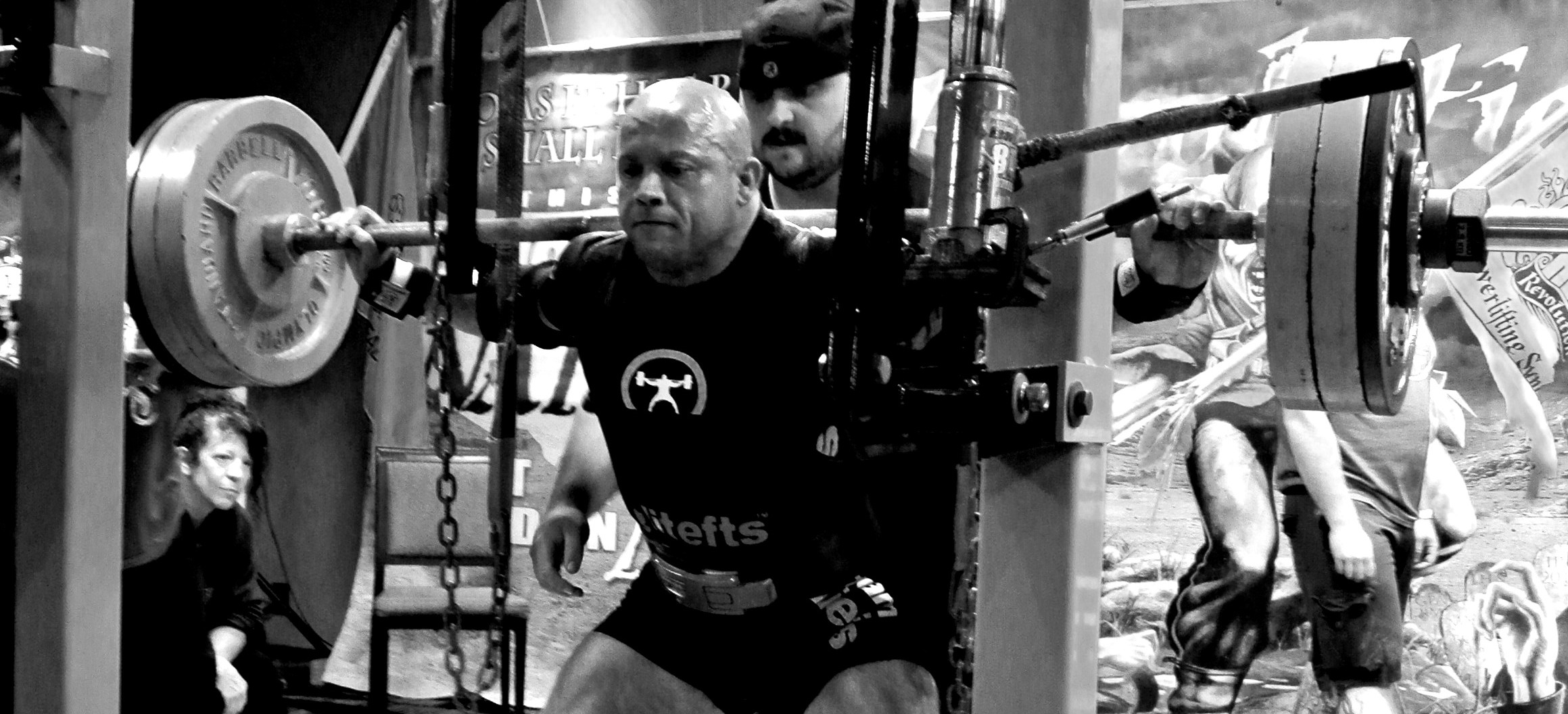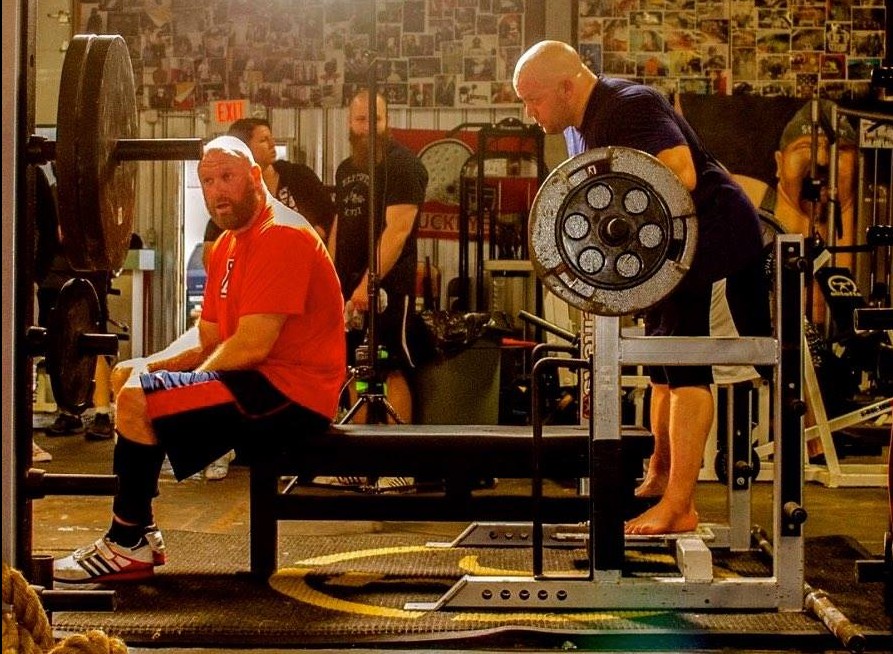
Lifting to failure is a very subjective statement. Does it mean you actually have to miss? Are you one rep from missing? But if you didn't miss, how do you know you were going to failure?
The point of lifting to "failure" is to push yourself. With conjugate training you need to dance that fine line as most of your max effort lifts are for singles. However, if you are doing sub-max work such as 5/3/1 you are going to be pushing for rep pr's/amrap. I guess you could dance a fine line there also.
The point of this is, it might be easier to find that line than I previously thought. I just got off the phone with my homie and Elitefts teammate Matthew Rhodes. We were chopping it up about life and training which are pretty much the same thing for both of us. It's been a minute, but my man always has sage advice. (He's a really good coach, but don't tell him I said that.)
For the past three months, I have been running 5/3/1 5's PRO programming. For those not familiar with Wendler's 5/3/1, a tenet of his original program was a PR set based off a percentage of your training max each workout. With 5's PRO, you are hitting every set for 5 reps only. It's a way to regulate your effort. It's a nice volume progression that minimizes the chance of overtraining.
Overtraining is the operative word here. For more novice lifters, you are much less likely to overtrain than someone who has decades under the bar. With 37 years of solid training behind me, I can recruit a lot more muscle and overall effort to put into a lift than a new lifter. Hence, I am more likely to become overtrained.
You could see how missing might not be as big of a deal for someone with less training years under his/her belt. With that in mind, when talking to Rhodes I mentioned how I was going back to PR sets, but was concerned how to proceed. I am very cautious especially coming off of the most successful stint of pain-free training I have had in a very long time.
Let's just say I have a propensity, for intensity. In the day, if you told me I had a 50/50 chance of hitting a huge lift or tearing something off of my body, I'd go for it. With my past injuries and age I don't even want to sniff that kind of danger. Fortunately, in the last year, I have learned to stay out of that zone. However, I do get into the gray area. I'll dabble in that rep where form gets a little squirrelly and I know there's a possibility of a tweak that could nag me for a few days.
Without making a long story any longer, Rhodes shared that he read in one of Arnold Schwarzenegger's works from a million years ago, that Arnold would cut off his reps when he lost his rhythm. That hit me like a bolt of lightning. You know when something resonates with you, and that did for me.
I know what good reps feel like. That means I know what bad reps feel like. So when I am performing rep PR's I just have to stop when the rhythm gets off. With that, I can finish on that rep and not have to worry about failure. Failure at this stage of the game first, makes it very hard for me to recover, second, puts me in danger of injury. I guess that's pretty much the case for everyone, which is why I am writing this.
So if you are playing the long game and are wondering where to cut off your reps, keep feeling for that rhythm. Once you lose it, put the weight down.










